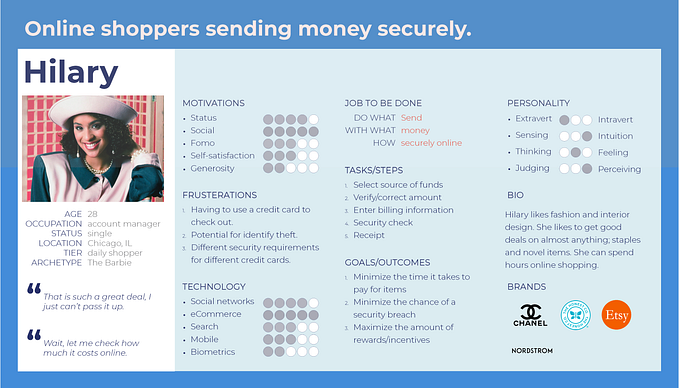Who are my customers?
Hostile Sheep developed a new research method.

After almost two years of contact I finally got an invite to meet with the CEO of a large tech company I’ve wanted to work with for a long time. I was told a series of new products were being considered and some research needed to be done to determine user needs, who they should target with the various products, and which products should move forward. The research & development team lead met with me a couple weeks prior to brief me on their needs and the RFP they’ll be issuing the following month. I spent two weeks developing a research methodology that would answer all their questions and leave them in a strong place to implement continuous improvement (CI) principles, long term. I was about to jump onto a Zoom meeting to chat with a fortune 500 CEO and I had something special prepared.
The bowtie research framework
One of the research frameworks Hostile Sheep developed for General Electric, and never revisited after losing GE as a client, was the bowtie research framework. We used it a handful of times to help GE develop jobs-based personas, journey maps, and feature-sets for new products and technologies. The framework consisted of three phases: (1) Qualitative research to generate and prioritize hypotheses, (2) quantitative research to validate hypotheses and transform them into theories, as well as adding a market segmentation layer to group theories, and (3) more quantitative research that builds on previous phases to validate user profiles, jobs, and uncover reasons customers “hire/fire” products.

Using this framework, we could give the team exactly what they wanted. We’d be able to use hypotheses that the team has already developed and validate them during phase 1 of the study. The benefit of having three phases is that we can analyze and discuss the results of each phase before planning the subsequent phase. This affords a lot of collaboration between Hostile Sheep and the internal client teams.

Ultimately, the CEO wants to build new products that have a few common attributes: (1) they need to have a market capable of affording the product, (2) they need to have features that help users reach their desired outcomes, (3) they need to have a design that aligns with the brand, and (4) they need to know how to reach their customers with their marketing. In order to achieve this, I learned they typically work with a large (well known) firm to develop market segments and target audiences. They typically pay “well into the six-figures” to get this research done by the firm they have been using. The CEO noticed that their current vendor has been delivering lower-quality and has been less flexible with each engagement. This has led him to issuing an RFP for the upcoming project; opposed to merely offering it to their current vendor. They wanted to make sure Hostile Sheep would have enough check-points and milestones to collaborate with their team and allow the team to provide input that could influence downstream efforts.

The CEO liked our approach and officially invited to the RFP; the only independent, wholly owned, Canadian shop being asked to participate in the RFP. Before we ended the call he mentioned the products would be continuously improved and would need to align to their global target audiences if the first-years sales indicate the products should become part of their product-ecosystem. I was really happy that he mentioned this; I had a slide in the appendix that actually spoke to the continuous improvement lifecycle. I was able to plant a seed, that Hostile Sheep could help transform their continuous improvement process from being focused on the demographic and psychographic information of target audiences, to being focused on the jobs-to-done of various users.

Outcome
We pitched this late 2020 and were awarded the project. We spent the last 5 weeks working on this and it was one of the most eye-opening projects we have ever completed. Every project makes me more empathetic, this one just did so 10x more than any other. It also proved to me that the bowtie framework needs to be dusted-off and offered to more of our clients.
Most of my clients already “know their users”, or they believe they do. People are afraid to admit they don’t know their users because it would make them seem incompetent. But there’s always room to learn more about your users; improve the profile, uncover new markets, discover latent needs…
This is reminder: never stop learning about your users. Even if you don’t know how, wanting to know more about your users is a good thing. If you’re not constantly learning new things about your users, and “you’ve known all there is to know” about your users for years, you may be surprised what you might learn. I’d love to help you learn about your users and help you get set-up to continuously be learning new stuff about them.
How are your user profiles or personas? Do you have any? If you do, are they focused on communications or focused on product improvement? Do you know they could work for both communications and product improvement? When they focus on the jobs-to-be-done, they help product managers determine what features to build, what content to integrate, how to prioritize new features, and how to push-back against internal features users may not want. I’d love to help you determine who your users are, what they want from you, and how you can build digital products that they’ll love. Visit us at www.hostilesheep.com








